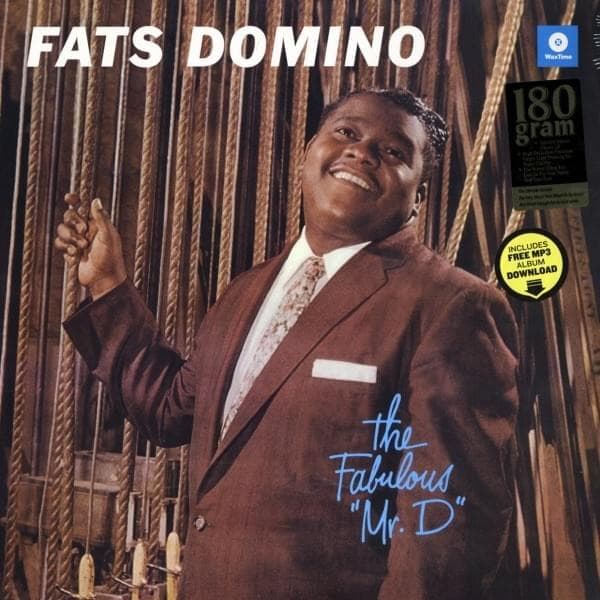
The Unforgettable B-Side That Swung Rock and Roll into the Heart of America
There are songs that define an era, and then there are the songs nestled quietly on the flip side of legends—the tracks that, for those of us who remember the crackle of the 45 RPM record, were just as essential. Such is the enduring charm of “Honey Chile,” a masterpiece of New Orleans rhythm and blues delivered by the inimitable Antoine “Fats” Domino. Released in September 1956 on Imperial Records (5407), this jaunty, instantly infectious tune holds a curious place in music history: it was the B-side to one of the biggest international hits of the decade, the iconic “Blueberry Hill.”
The Genesis of a Classic Flip
While “Blueberry Hill” went on to capture the Billboard Top 40, soaring to the number two spot and cementing Fats Domino as a cross-over pop phenomenon, “Honey Chile” carved out its own formidable legacy on the charts that mattered most to its roots. It climbed the Billboard R&B Best Sellers chart and peaked at a remarkable number two for two non-consecutive weeks, demonstrating its powerful resonance with the rhythm and blues audience. The record was a true “double smash” for Fats, an incredible feat that underscored his unmatched popularity and consistent quality. It even had a starring role on the silver screen in the 1956 musical/comedy-drama film, Shake Rattle and Rock!—evidence that the original intent was for this very song to be the A-side! A wise decision was made at Imperial to switch the sides, but the enduring vibrancy of “Honey Chile” means it was never truly secondary.
The song itself is a quintessential slice of Fats Domino magic, a joyous, up-tempo boogie-woogie shuffle co-written with his longtime producer, collaborator, and musical architect, Dave Bartholomew. Their partnership, rooted deep in the fertile musical soil of New Orleans, was responsible for shaping the sound of early rock and roll. “Honey Chile” is a perfect embodiment of that sound: Fats’ signature, triplet-heavy piano is the engine, driving a rolling, irresistible beat that’s equal parts jump-blues, gospel-infused piano boogie, and pure, unadulterated rock and roll.
The Sweet, Simple Meaning
Lyrically, “Honey Chile” is a straightforward, heartfelt declaration of devotion and affection. The phrase “Honey Chile” itself is a classic term of endearment, especially prevalent in the American South, lending the song a warm, familiar intimacy. It’s a simple promise: a man telling his sweetheart, his “honey chile,” that he loves her and wants to do everything for her, from buying her nice things to building a life together. There’s a beautiful simplicity to the narrative, a universal feeling of wanting to please the one you love. The casual, almost effortless delivery of Fats Domino—his voice gentle, yet booming, with that distinct New Orleans lilt—makes the commitment feel utterly genuine.
When we listen to it now, it’s impossible not to be transported back to a time when life felt a little simpler, or at least when the soundtrack to life was this rich and unpretentious. The driving saxophone solo from Robert “Buddy” Hagans cuts through the rhythm section like a perfectly timed burst of sunshine, pulling you right onto the dance floor. This isn’t the frantic, rebellious rock of some of his peers; this is the good-natured, integrated, and genuinely happy sound of New Orleans Rock and Roll—a sound so infectious that it helped bridge the racial divide in popular music, inviting everyone to tap their feet together.
For those of us who collected these 45s, this song is the sound of an era’s quiet joy. It reminds us that sometimes the best surprises were found not in the bold print of the A-side, but in the delightful groove of the B-side, a testament to the fact that when Fats Domino and Dave Bartholomew got together, every track was pure gold. It’s a sweet, delicious taste of 1956 that still satisfies the soul today.